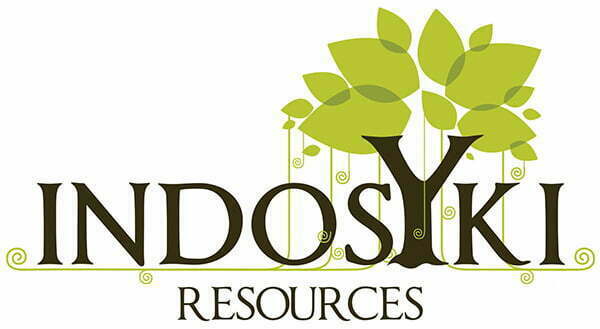The Essence
Typically, a life of a concrete building structure in the Indian sub-terranean weather & climatic condition ranges from 60 years to 90 years. Besides, invariably the limestone structures while having a longer life relative to the concrete structures, they still get dilapidated, over 125 to 150 years’ time-period, depending on the maintenance and upkeep of the facilities.
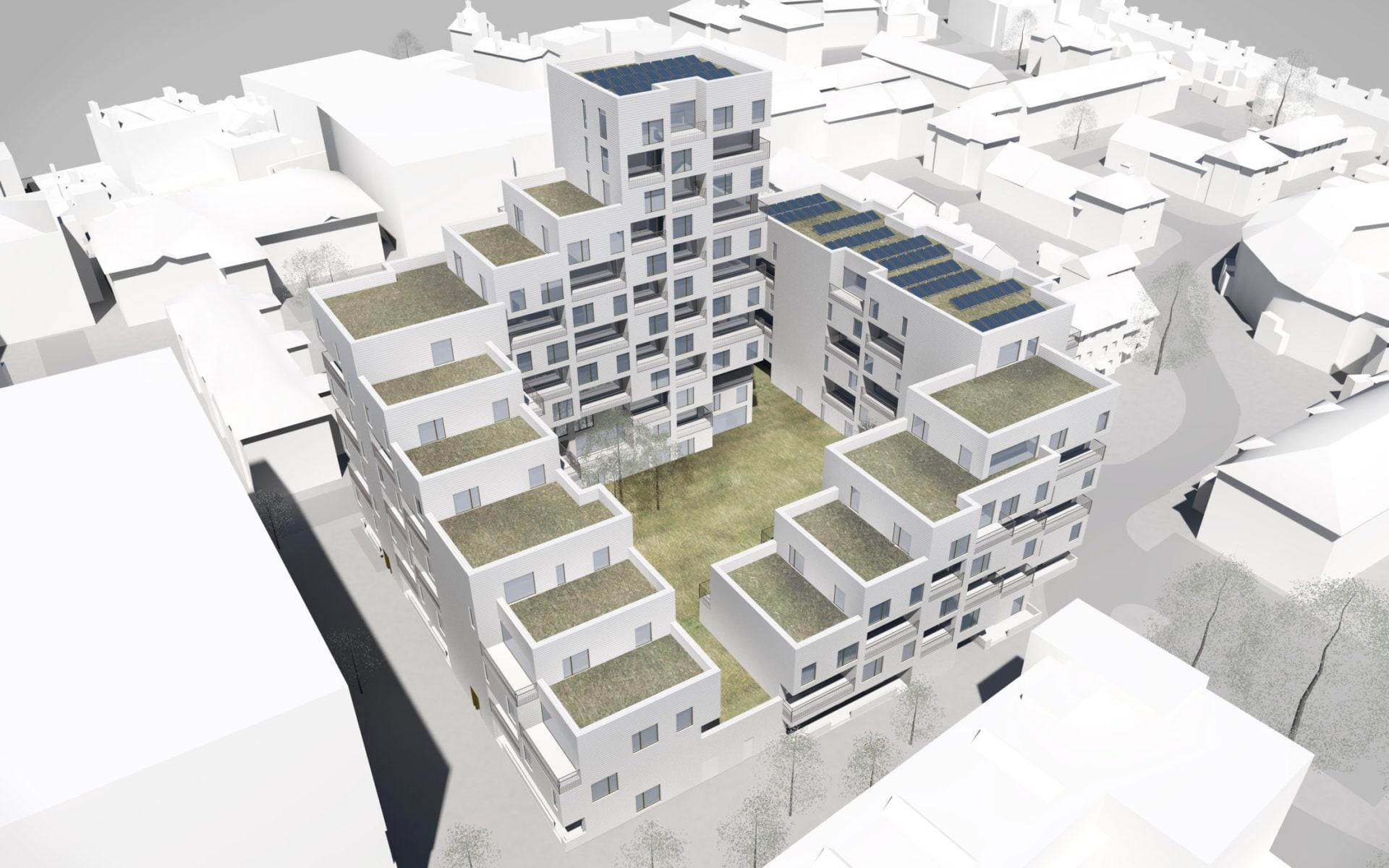
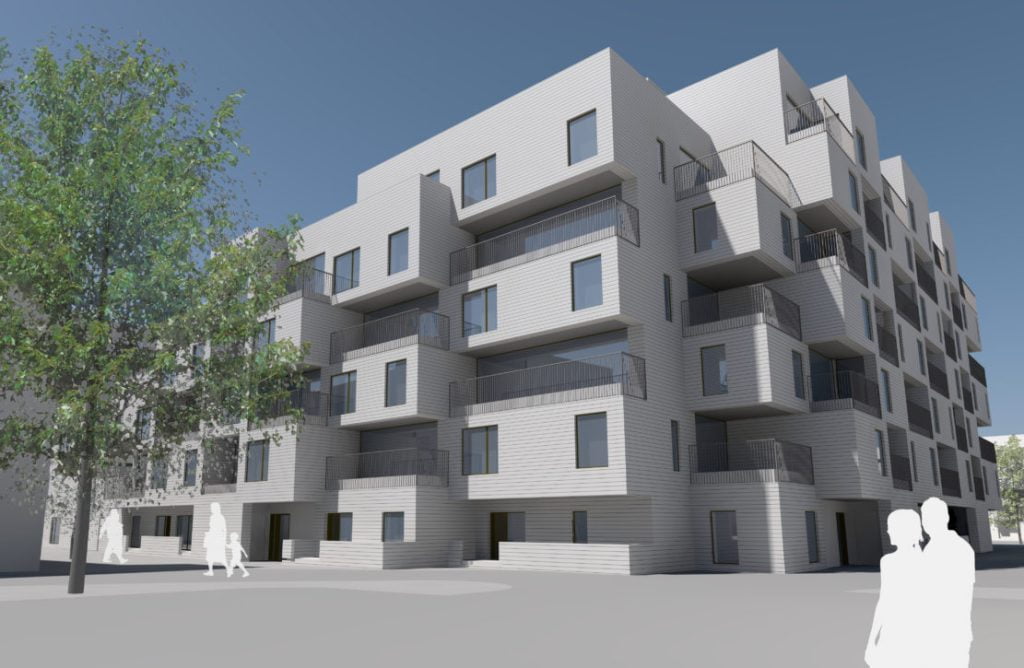
In certain cases, if the building is closer to the sea, then, the ‘wear & tear’ lead by corrosion may be more, and, adding to the structural damage of the building. In such circumstances the structurally compromised building has to be either broken down completely, and a new structure has to be built, or, the existing building structure has to be re-furbished, while maintaining the framework of the structure (in case of a concrete building).
There are multiple methods in which the building can be re-built or refurbished as follows:
Considering the growing number of situations wherein, a property developer has either abandoned a re-development project; or, the number of litigations between the owner of the property, a tenement, a condominium or a cooperative society, and a property developer, certain state governments, like Maharashtra, came up with a policy enabling owners, landlords along with their tenants, members of the condominium, or, that of a co-operative society, to re-build their own residential, commercial, or industrial buildings/apartments.
Salient Features of Self-redevelopment:
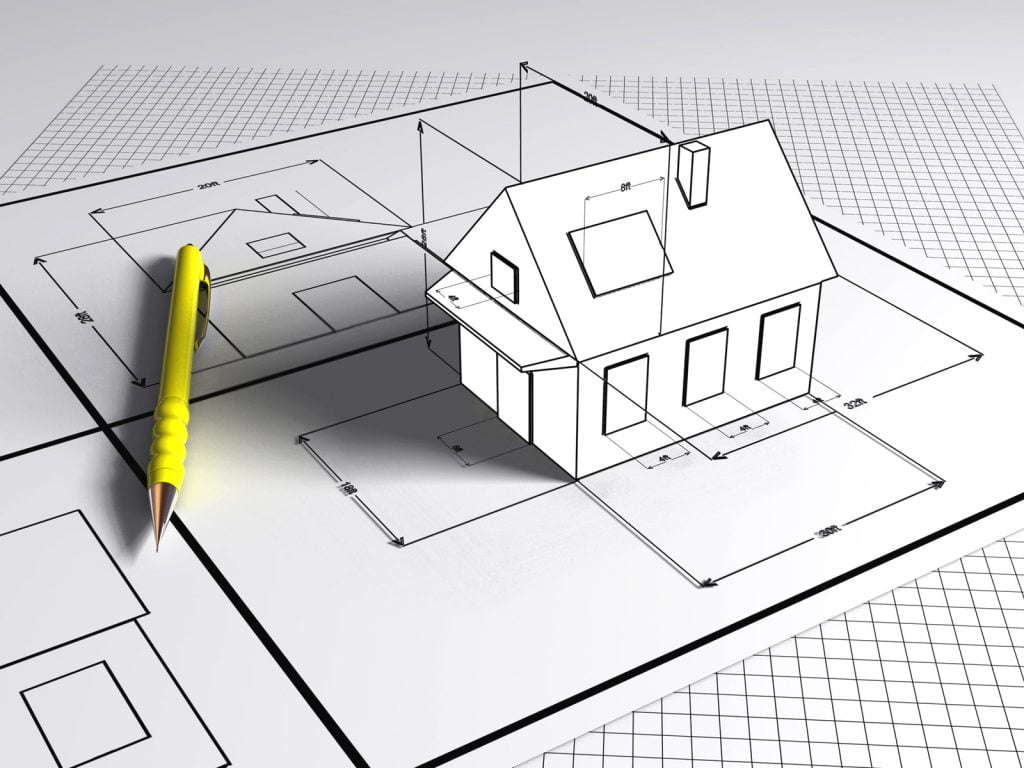
Before
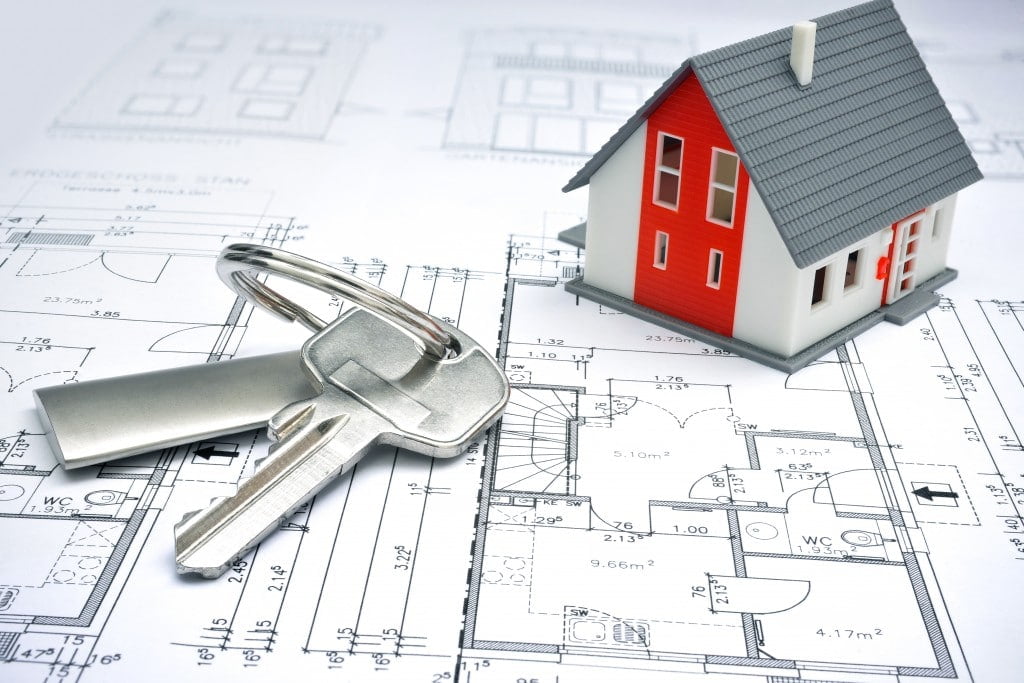
After
Following is a typical, ‘high-level’ self-re-development process (which will require fine tuning, on a case-to-case basis):
